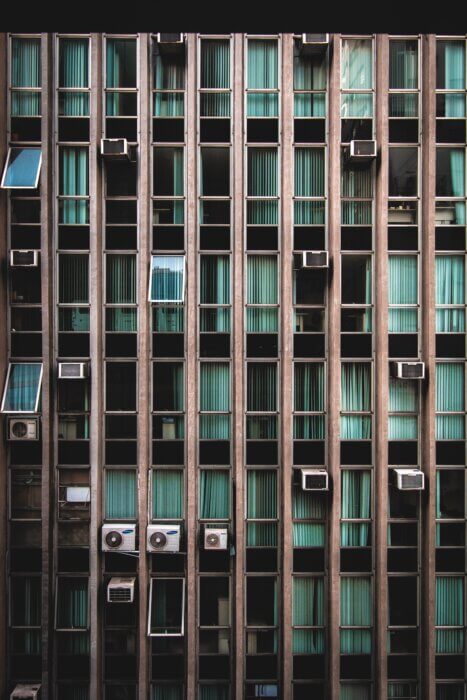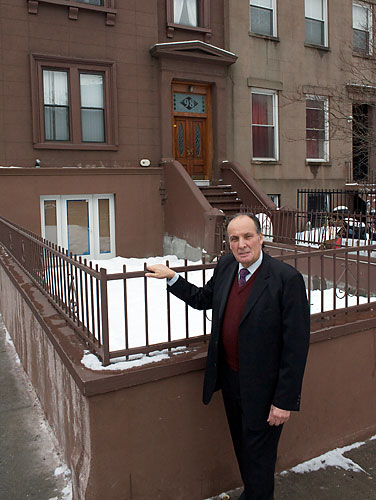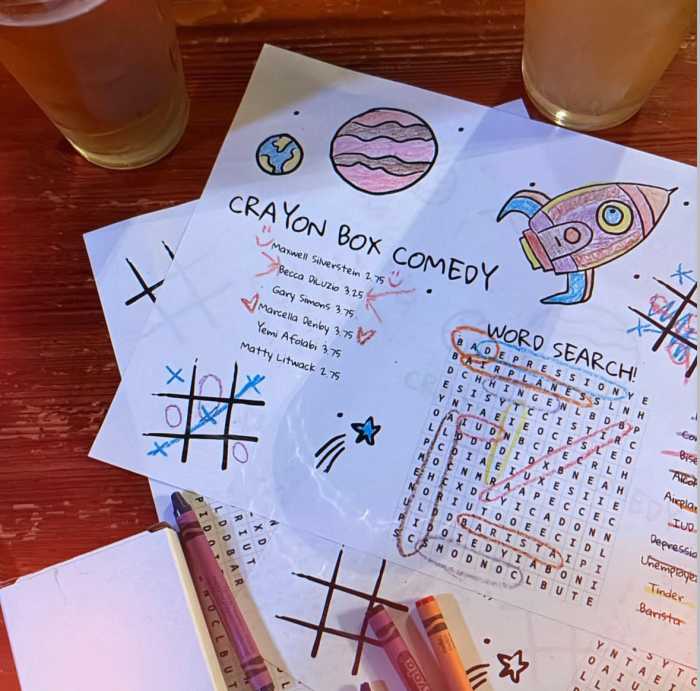Renters can make a number of changes to reduce their carbon footprint without getting the permission of their landlords or spending big on items such as solar panels, insulation or switching to methane-free stoves.
Tenants can instead take steps to combat climate change by reducing their power consumption — by turning devices off; decreasing their use of plastics and other environmentally unfriendly packaging; and by planting flowers and vegetables in their window boxes. None of these measures will cause conflict with a landlord or put a security deposit at risk.

About 70% of all occupied housing units in Brooklyn are rented, not owned. Most of these tenants can take steps to reduce climate change without making a big monetary investment.
The countless decisions renters make each day, down to the kind of light bulbs to buy, add up — fast — when it comes to lowering greenhouse gas emissions, according to a study published by the Landlord-Tenant Energy Partnership, a nonprofit created by the MIT Institute for Market Transformation.
Turn it off
New York City’s greenhouse emissions come almost entirely from the combustion of fossil fuels to provide energy. Tenants control up to 70% of energy use in buildings and buildings account for almost 70% of New York City’s carbon pollution.
“None of it is a secret,” said Kabir Kumar, an engineer from the Landlord-Tenant Energy Partnership, referring to viable ways to reduce everyday measures to decrease energy consumption. “It is just a matter of being more conscious about our behavior. People who are too lazy to unplug their cellphone chargers while they are not using them are simply on the wrong side of history.”
According to the nonprofit, “vampire power” or standby power, the energy used by gadgets and appliances when they are plugged in, but not in active use, is costly for consumers and is responsible for approximately 10% of residential power usage.
What’s more, unplugging devices — all devices from computers and washing machines to extension cords, with the exception of fridges and freezers— is proven to improve their performance.
When it comes to using appliances, there are also ways to make energy-efficient decisions.
A refrigerator is roughly 13% of the average household’s energy usage. Making sure it isn’t overfull or that its airflow isn’t blocked increases its productivity.
For those with laundry rooms in their building or for those who use laundromats, hot water accounts for about 90% of the energy used by a washing machine, according to the American Cleaning Institute, while cold cycles are better for clothes. Making sure a dryer’s lint trap is clean cuts usage time and energy drying time.

In the summertime, Brooklynites often hear their utility companies ask for energy savings as they need to blast their air conditioners. A way around turning off their window units is to turn them down and run a fan to compensate. A fan can help adjust the temperature setting by as much as four degrees. A ceiling fan costs about 1 cent an hour to run, while an air conditioner can be as much as 36 cents per hour, estimates Kumar.
The engineer also urges people to be “less afraid of the dark” in their own homes. “Just switch it off,” he said. “It takes milliseconds to switch it back on.”
Switching to LED lights is also recommended. They use 70 to 80% less electricity than conventional lightbulbs, which is reflected in household energy bills, and they last longer.
Choose your packaging and your producer
“While it isn’t up to consumers to decide how products are packed, it is within their power to make companies know they prefer less plastic waste,” said Kerry Nantuck, project manager at the Supply Chain Solutions Center, an institution focused on researching packaging practices.
“There is no excuse anymore,” says Nantuck. “The way companies that have large selling margins see it, is ‘why fix what is not broken?’ and they are scared to displease costumers by switching plastic to recyclable or compostable materials, but the truth is, there are many alternatives that are identical or better to a consumer’s perception. It’s just that the message isn’t getting across.”
Nantuck’s advice for everyone who has the possibility to do so is to walk the extra blocks to whatever fruit stand or market that sells cardboard-packed eggs instead of bulky plastic boxes; to buy milk cartons instead of bottles; buy plastic-free herbs, fruits, vegetables; and to “of course, especially in Brooklyn, buy from local farmers’ markets instead of conglomerates.”
NYC only recycles about 17% of recyclable waste. By itself, the city does not have the capacity to recycle many kinds of plastics and it ships some out to different parts of the country.
The way to know which plastics are recyclable is to look for a triangle with a number on the bottom of any hard plastic item. The number in the triangle might be any from 1 to 7. There are usually seven types of plastics used for packaging. The number indicates what type of plastic the item is made from.
There are markets for plastics # 1, 2 and 5 in the U.S., according to Waste Management, a major garbage collection and recycling company, but plastics #3, 4, 6 and 7 will end up in landfills or shipped to other countries.
Decorate your windowsills
Tenants are not alone in this effort. Some help comes from nature. Choosing native plants and pollinator-friendly flowers for home window boxes or for tree beds on sidewalks helps protect insect species and propagate plants down the street. Insects are the vital pollinators and recyclers of ecosystems and the base of food webs everywhere. They will take it over from there.
“Seeing an empty tree bed in front of someone’s apartment building is so sad and at the same time, a big opportunity,” said NYC Parks volunteer Ashton Patterson. “It might take a while for anything to grow, but the sooner we plant, the sooner we will enjoy flowers on our daily way to work.”

New York has a great variety of native flowers. Even if their names might not sound too familiar, most New Yorkers can easily find them in parks, community gardens, tree beds and even pavement cracks during the spring.
These species include yellow trout lilies, bloodroots, spring beauty, wild geraniums and mayapples.
Their best feature is what New Yorkers’ like best — they are often free. The Brooklyn Public Library has a ‘Seed Library,’ and library card holders can get up to three packets from a variety of flower, herb, fruit and vegetable seeds on every visit.
“It might seem like small things, but it’s a huge impact,” said Patterson.

























